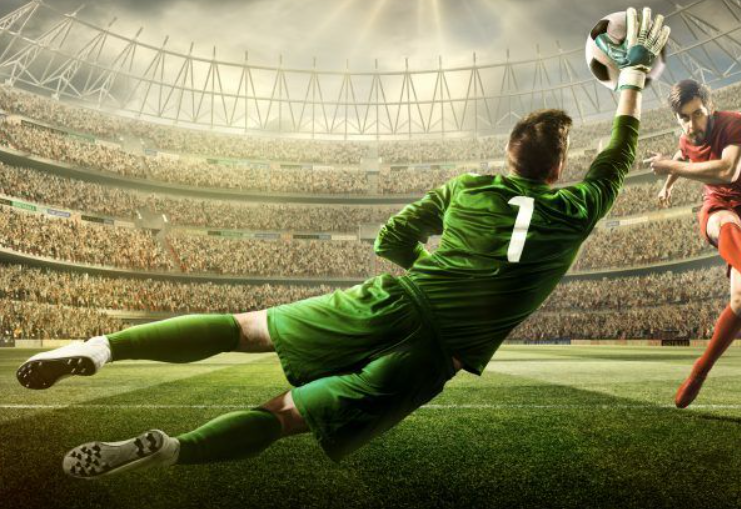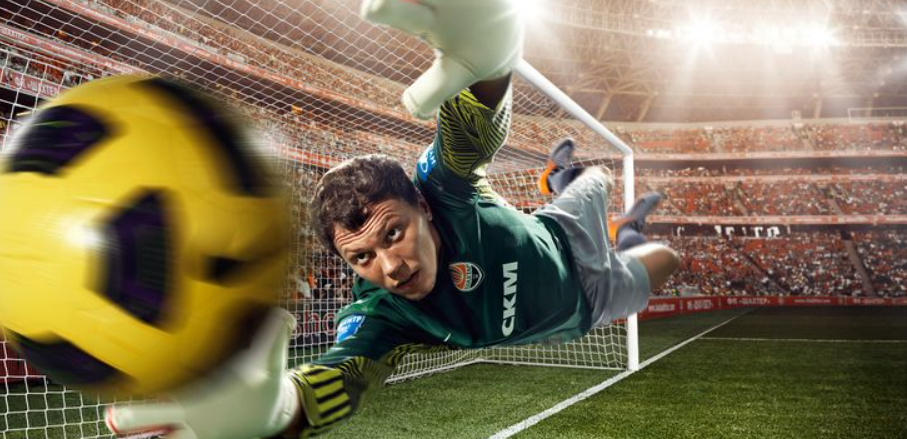
Watch closely the next time a top team builds from the back. Before the center-back receives, before the press is triggered—there’s a goalkeeper quietly scanning like a seasoned chess player. Not just for a pass. For a blueprint. In modern football, the keeper isn’t just saving shots—they’re scripting possession.
The Position Has Evolved. The Expectations Have Doubled
A decade ago, the keeper’s job ended at the 18-yard box. Now, it often starts there. Ederson’s outside-the-boot switches. Mike Maignan’s line-breaking rolls. Even Ter Stegen’s disguised half-volley clips to midfield. These are not bonus traits—they’re prerequisites.
Coaches no longer ask, “Can he stop shots?” They ask, “Can he start attacks?” Distribution isn’t flair; it’s tactical identity. Possession teams demand verticality. Press-heavy teams need quick restarts. A keeper who delays the release by half a second can break or save a game plan.
Metrics Beyond Clean Sheets: How Teams Rate Modern Keepers
The old-school stat line—saves, goals conceded, clean sheets—doesn’t come close to telling the full story anymore. Front offices now dig into deeper data. Footwork under pressure. Starting position during high lines. Pre-action decision maps.

Key keeper metrics that actually matter:
- Launch Success Rate – Percentage of long balls reaching a teammate under pressure.
- Defensive Line Height Participation – How often the keeper acts as a sweeper behind a high line.
- Passes Completed Into Midfield Third – Useful for build-up in compact systems.
- X-Saves (Expected Saves) – Measures if a keeper saves more than expected based on shot quality.
- Restarts Per 90 – Frequency of fast, accurate throws or rolls that bypass the first press.
These numbers matter most to coaches trying to squeeze every inch of control from the back. A 1–0 win now might hinge more on how the keeper initiates the play than how they end it.
Who’s Redefining the Role? Not Always Who You Think
The elite shot-stoppers aren’t always the best playmakers. Take Emiliano Martínez—brilliant on the line, but conservative with the ball. Compare him with Diogo Costa at Porto, who’s less flashy but ranks in the 95th percentile for line-breaking distribution. The most complete modern keepers combine the old with the new.
Here’s a snapshot of five standout keepers shaping the modern role:
| Goalkeeper | Club | Long Pass Accuracy (%) | X-Save Differential | Launches Per Game |
| Ederson | Man City | 84% | +0.2 | 8.3 |
| Mike Maignan | AC Milan | 79% | +0.6 | 7.1 |
| Diogo Costa | FC Porto | 81% | +0.4 | 9.0 |
| Marc-André ter Stegen | Barcelona | 80% | +0.1 | 6.7 |
| Alisson Becker | Liverpool | 76% | +1.1 | 6.2 |
Ter Stegen may not face the volume of chances others do, but his passing shapes Barcelona’s first phase. Alisson leads Liverpool’s transitions. Costa is likely to command a record fee when he leaves Portugal—not for reflexes alone, but for how his vision resets and restarts.
What’s Next: AI Training, Heat Maps, and the 12th Outfielder
Clubs now use machine-learning simulations to improve a keeper’s “anticipatory radius”—basically, how quickly they close the angle before a shot. Coaches also track a keeper’s average position per phase. At Brighton, Jason Steele operated more advanced than most midfielders at times. It’s by design.
Expect more keepers being developed with futsal backgrounds, outfield training, and decision-making drills with virtual-reality modules. We’re not far from keepers being subbed in based on game state—some better at shot-stopping, others at passing under pressure.
The job is no longer about gloves alone. It’s about the brain, the boot, the map in their head—and the boldness to use it. In the new football, the final line isn’t just defense. It’s design.